Description
Introduction of Bidirectional Pipeline Pig
A bidirectional pipeline pig is a specialized instrument used for cleaning and maintaining pipelines. It has a disc-shaped construction with a diameter somewhat less than the pipeline’s inner diameter. The sealing plate of the bidirectional pipeline pig is designed to have a particular degree of interference with the pipeline’s inner diameter. This enables the pig to perform a two-way movement, making it extremely useful in cleaning pipeline detritus.
One of the key advantages of using a bidirectional pipeline pig is its ability to execute back-blowing operations, which can help eliminate clogs in the pipeline. This makes it a perfect choice for usage before the pipeline is placed into operation, as it can assist in preventing potential issues and ensuring the pipeline runs efficiently from the start.
Benefits of Using Bidirectional Pipeline Pigs
Effective Cleaning: One of the primary advantages of Bidirectional Pipeline Pigs is their exceptional cleaning capabilities. They are designed to effectively remove debris, dirt, and other contaminants from the inner walls of pipelines. This ensures that the pipeline remains clean and can function optimally, which is vital in maintaining the efficiency and smooth operation of pipeline systems.
Backblowing Operation: Bidirectional Pipeline Pigs are equipped with the unique ability to move in both directions within the pipeline. This two-way movement allows them to be used for back-blowing operations, effectively removing blockages and ensuring cleanliness before the pipeline is put into operation. This back-and-forth motion is a significant advantage that enhances the functionality and usefulness of these pigs in various pipeline cleaning and maintenance contexts.
Versatility: The versatility of Bidirectional Pipeline Pigs is another significant advantage. They can be used in various types of pipelines, including those that transport water, oil, gas, and other fluids. This makes them a powerful tool in the arsenal of pipeline maintenance, capable of serving a wide range of industries and applications.
Materials of Bidirectional Pipeline Pigs
Polyurethane in Construction of Bidirectional Pipeline Pigs
One of the most common materials used in the manufacture of bidirectional pipeline pigs is polyurethane. Polyurethane is a versatile material known for its durability and excellent wear properties, making it ideal for handling harsh conditions inside pipelines. It can be used to make various components of the pipeline pig, including cups and discs. Polyurethane-made components are beneficial for cleaning operations as they effectively scrape off dirt and debris while maintaining the integrity of the pipeline. Furthermore, the flexibility and resilience of polyurethane allow the pigs to navigate through bends and diameter changes in the pipeline, increasing their effectiveness and versatility.
The Role of Stainless Steel and Carbon Steel
Metals, such as 304 Stainless Steel (304SS), 316 Stainless Steel (316SS), 316L Stainless Steel (316LSS), Inconel, and carbon steel, are typically used to construct the skeleton or body of the pig. These materials are chosen for their strength, durability, and resistance to corrosion, crucial characteristics considering the varying conditions inside the pipeline. For instance, 316SS and 316LSS are often used in more corrosive environments due to their superior corrosion resistance. Carbon steel, on the other hand, provides a balance of strength and ductility, making it an excellent choice for the pig’s body.
Material Selection and Customization
The selection of materials for bidirectional pipeline pigs is not one-size-fits-all. It depends on several factors, including the type of fluid being transported in the pipeline, the operating temperature and pressure, and the pipeline’s diameter and length. Some pipelines might require pigs with higher corrosion resistance, while others might need pigs that can withstand extreme temperatures. Therefore, manufacturers offer customization options, allowing pipeline operators to choose the materials best suited to their specific operational needs. This flexibility in material selection ensures that the bidirectional pipeline pigs can effectively perform their cleaning and maintenance tasks under different pipeline conditions.
Why Use a Bidirectional Pipeline Pig?
Pipelines are vulnerable to filth and debris, such as scale, oil scale, wax, and coke carbon, which can accumulate on their inner walls over time. These deposits can increase fluid resistance, resulting in lower transmission efficiency, higher power consumption, and possible pipeline material damage. Pipeline obstructions can potentially cause ruptures, fluid leaks, and production suspensions in some situations, posing substantial economic and safety problems.
Regular pipeline cleaning is critical for preventing these concerns and guaranteeing pipeline efficiency and safety. While there are several methods for cleaning pipelines, including chemical cleaning, ultrasonic cleaning, and water jet cleaning, using a bidirectional pipeline pig is a simple, cost-effective, and efficient option, especially in the early stages when dirt and debris are light.
Key Components of Pigging Equipment
Pigging equipment is an important part of keeping pipelines in good shape and running smoothly. It improves the efficiency of the pipeline, checks for circumferential deformations like bump deformations, checks for metal damage inside the pipeline like corrosion, and cleans new pipelines after tightness tests to get rid of liquid buildup and impurities. Because pigging equipment is so important, it must be designed and installed according to specific operational requirements. For example, pigging detectors must be the right size and shape to make sure they work safely and are adaptable. Adherence to relevant design specifications is crucial to optimizing the performance and safety of this essential pipeline component.
Common Risks Associated with Pigging Operations
Pig Got Stuck
Pipeline pigs can become trapped as a result of pipe deformation, elbow radius constraints, excessive water and mud in the pipe, or significant obstructions that obstruct the pig’s passage. When a pig becomes stuck, back pressure rises, front pressure falls, and pipeline flow falls, potentially resulting in a total pipeline blockage. Increase the pushing pressure differential by increasing the upstream pressure or decreasing the downstream pressure, then discharge gas behind the pig to push it back. If these approaches are unsuccessful, the pipeline segment may need to be emptied, cut, and the pig removed.
Channeling of Pigs
Pig channeling happens when the pig’s running time exceeds double its theoretical running time when pressure differences are typical or when the calculated running distance is significantly greater than the actual distance. Channeling can cause pig wear, air leakage, scratching, rupture, or sticking in the tee. Increased gas intake behind the pig, reduced natural gas pressure in front of the pig, and an increased pressure difference to start the pig are all possible countermeasures. If the pig does not restart after 24 hours, a larger polyurethane foam pig with interference may be sent to launch the halted pig, and additional analysis may be required to discover the cause and suitable action.
Conclusion
In conclusion, bidirectional pipeline pigs are invaluable tools for the maintenance and efficiency of pipelines. They play a critical role in cleaning and inspecting pipelines, thereby enhancing the functionality and safety of these crucial infrastructures across various industries. The materials used in their construction, including polyurethane for components like cups and discs and metals like stainless steel and carbon steel for the pig’s body, contribute to their durability, resilience, and adaptability in different pipeline conditions. The ability to customize these pigs to suit specific pipeline requirements further adds to their versatility and effectiveness.
Despite the associated risks, such as pig-sticking and channeling, careful operation and adherence to safety measures can mitigate these issues. Regular maintenance using bidirectional pipeline pigs helps prevent potentially costly and dangerous problems, including blockages and damage to the pipeline material. As such, bidirectional pipeline pigs and the associated pigging equipment form an essential part of maintaining the health and efficiency of pipelines, ensuring their longevity and optimal operation.

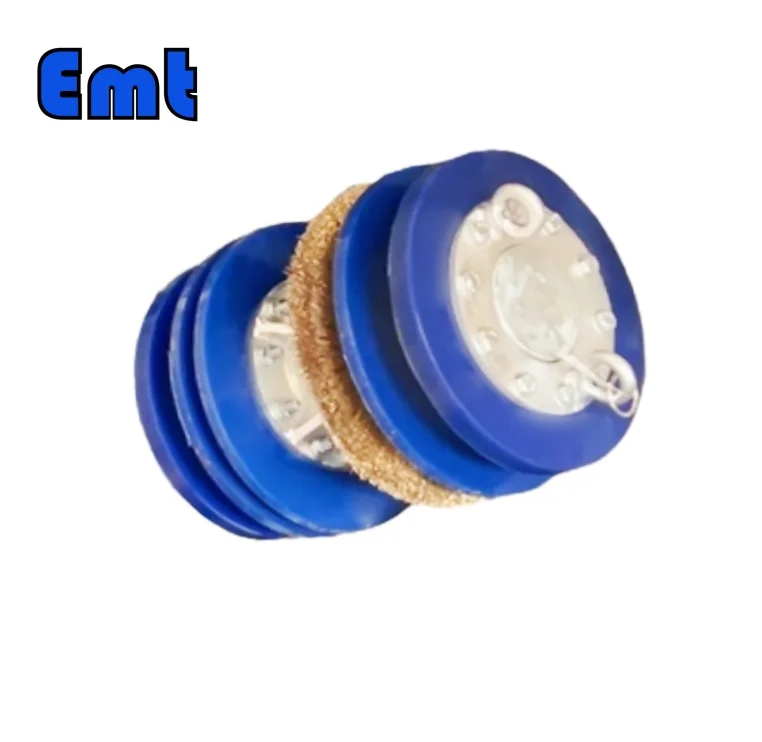
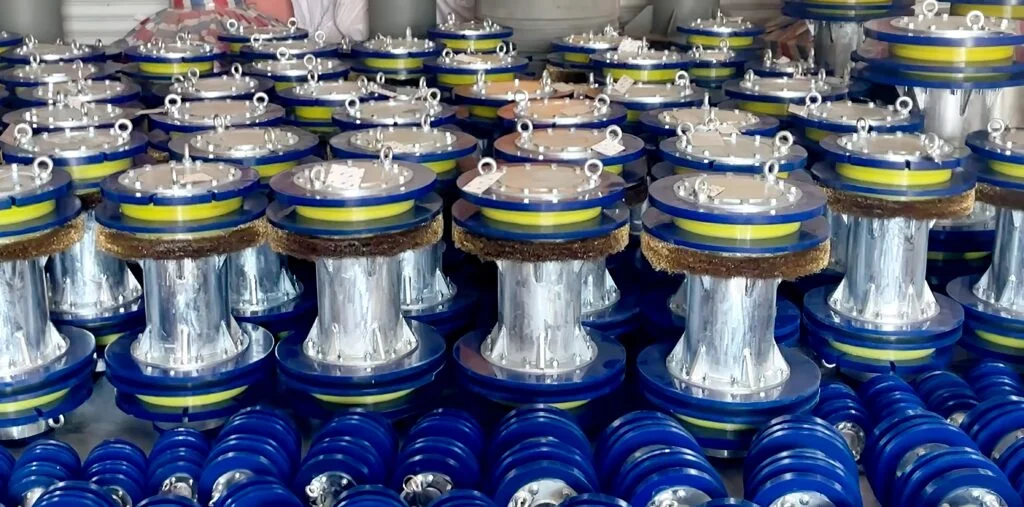
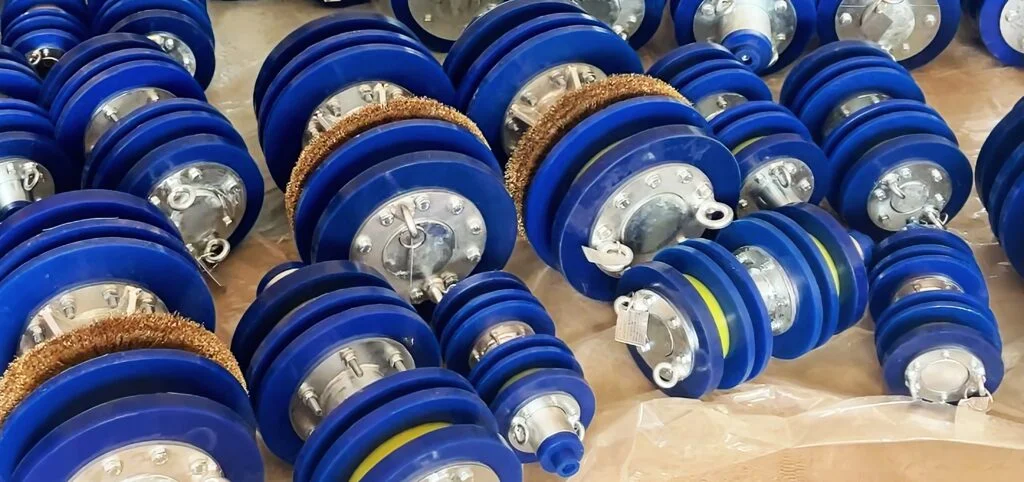
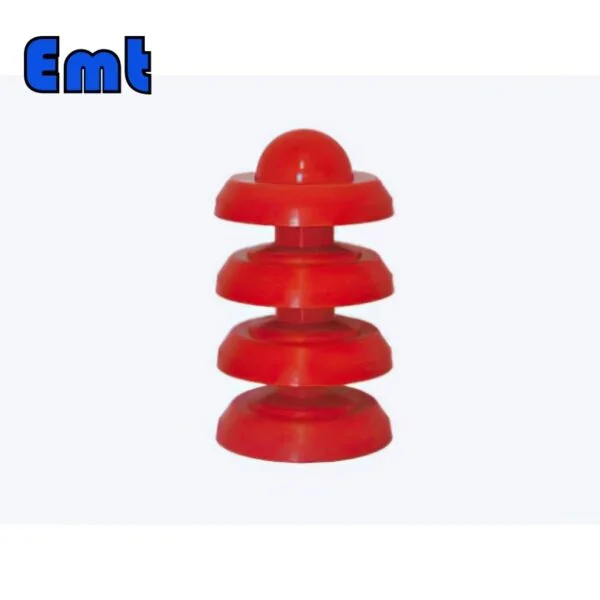
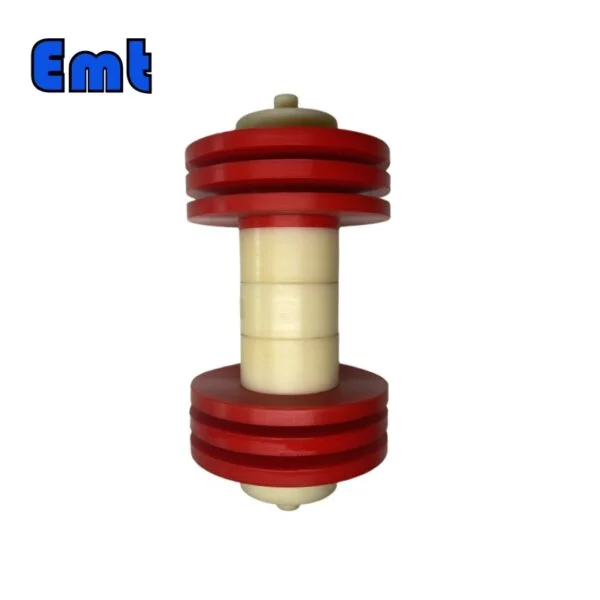
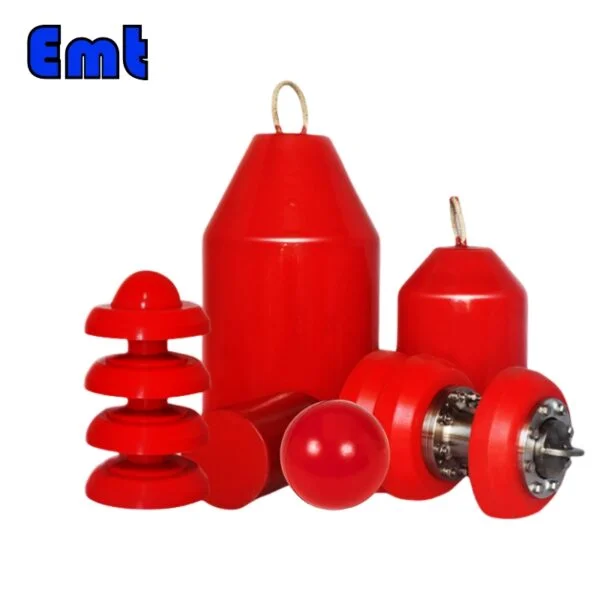

Reviews
There are no reviews yet.